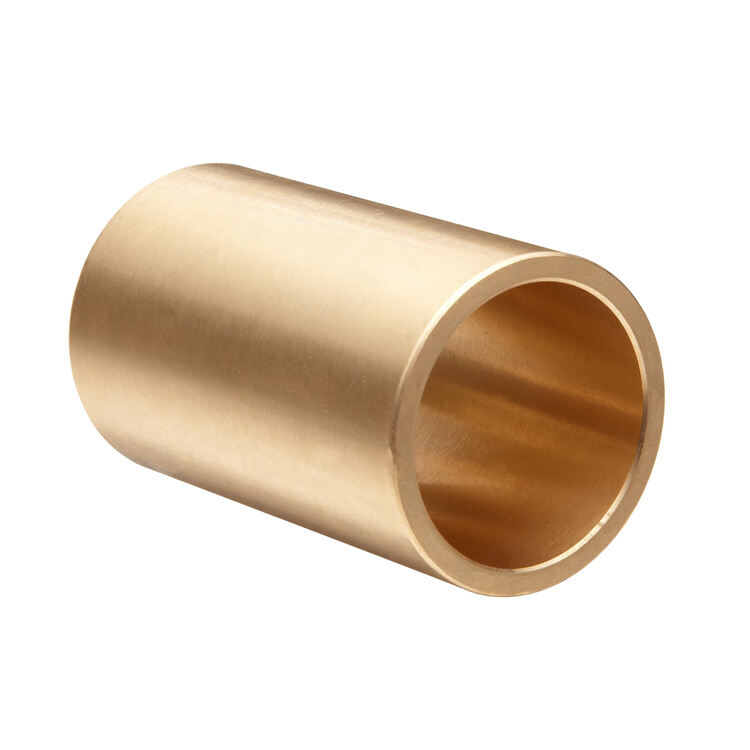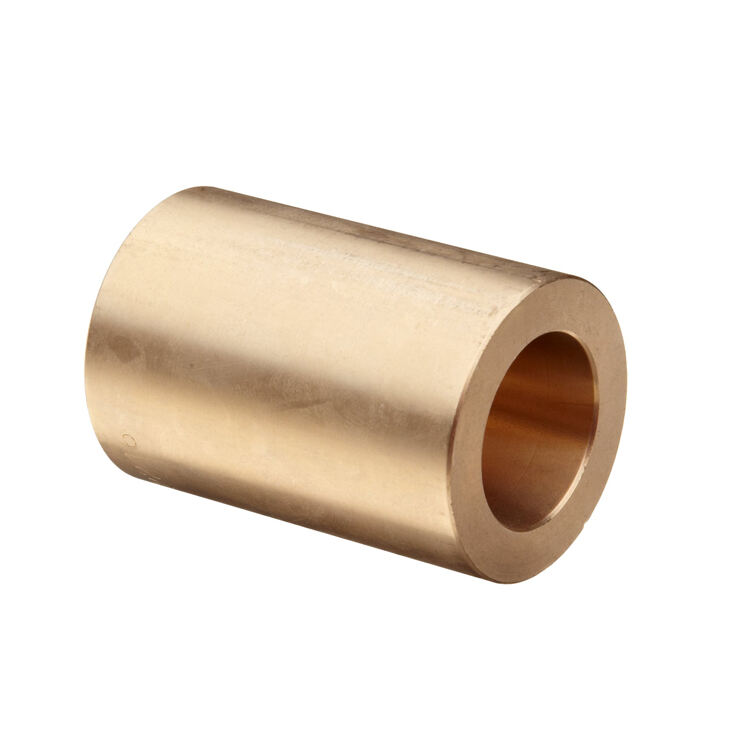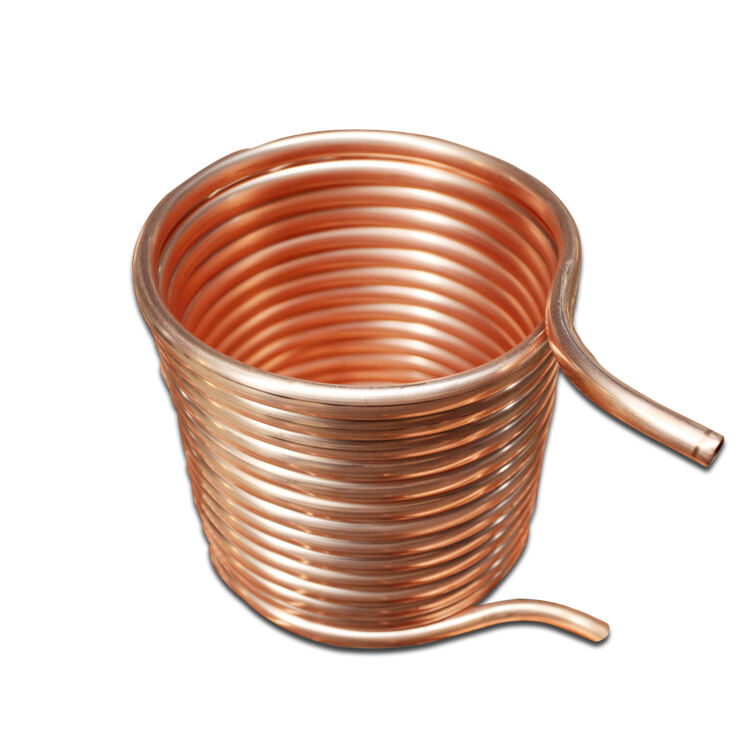Ever wondered how we get water into our taps? An essential segment of this process is the 1/4 inch copper pipe. The big use of this type of pipe is to transport water through plumbing in our buildings and houses. In this article, let’s go over a few details such as what 1/4 inch copper pipes are, why they make a great choice, how they compare to other types of pipes, how strong they are as a piping material, and some tips for installing and maintaining them to ensure they perform well for years.
Copper pipe: A hollow tube made of copper metal. The "1/4 inch" in its name indicates that the pipe interior is a quarter of an inch wide. This size is common for holding water, in many places, such as indoors and in larger buildings where water is required by people for drinking, cooking, cleaning, etc. Steel pipes are often a good option since they do very well in getting the water from one area to another.
One key benefit of copper pipes is that they wont rust or deteriorate greatly as they age. In other words, you can count on your copper pipes to be durable and last for decades when used. Moreover, copper is also an excellent conductor of hot water. It aids in keeping hot water hot longer as it moves through the pipes. So, when hot water passes through copper pipes, that heat — by the time it reaches your faucet — stays heat, making it easier for you to work with.
Copper pipes are very strong and durable. If treated properly, they can live for several decades. This is crucial for water supply systems since pressure is essential in delivering water quickly and efficiently, and these pipes can withstand a lot of it. Copper pipes can also withstand extreme temperatures, whether it be out in the freezing cold or in boiling hot water. All of this flexibility makes copper pipes a great option for any plumbing system.

There are other types of pipes besides copper that are used in plumbing. There are other usual types also, like: PVC, PEX, steel pipes galvanized. Each of these materials have their pros and cons. PVC, for instance, is lightweight and easy to install, but becomes brittle with age and may shatter. This makes PEX pipes very useful in tight spaces, as they are flexible and can be curved around corners. PEX pipes, though, can be pricier than copper pipes. Galvanized steel pipes, on the other hand, are extremely durable, but they are susceptible to rust and corrosion, which can lead to issues over time. Learning the differences can help you select the type of pipe best suited to your plumbing needs.

There are a range of things to consider if you are thinking of getting copper pipes installed in your plumbing system. To get started, the first step is to have the correct tools and materials at hand. These can be the copper pipes themselves, special tools to solder the pipes together, and different types of fittings to properly connect them. Good planning is key: measure everything and ensure the pipes line up and end properly. Top tip: Follow instructions closely to make sure you join the pipes correctly.

To care for your copper pipes and extend their lifespan further, avoid harsh chemical cleaners, which can corrode the metal. Instead, use a gentle soap and hot water to wash your pipes to keep them in good shape. It is also critical to routinely inspect your pipes for any leaks or damage. If you observe any issues, address them promptly to avoid exacerbating them later.